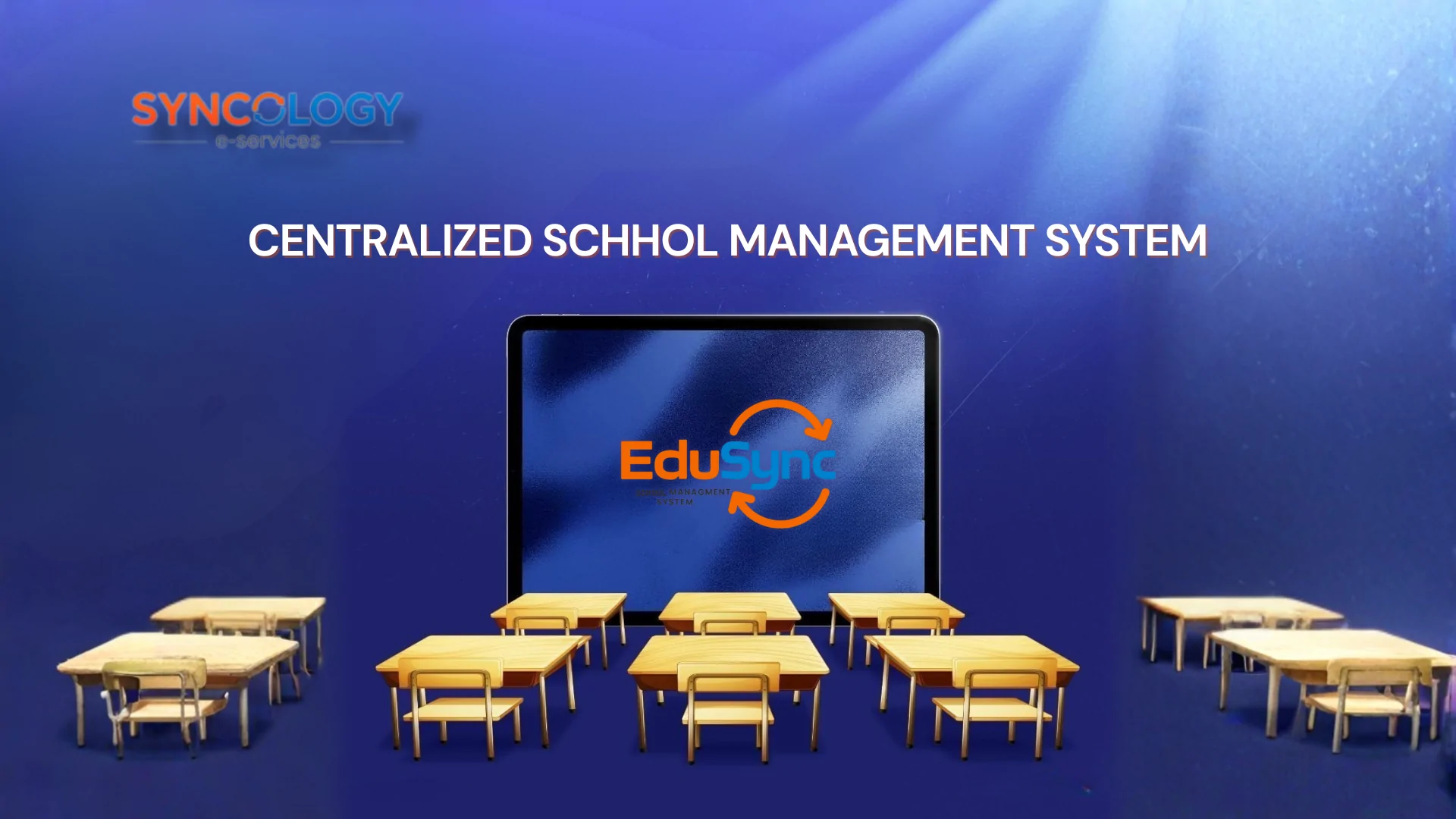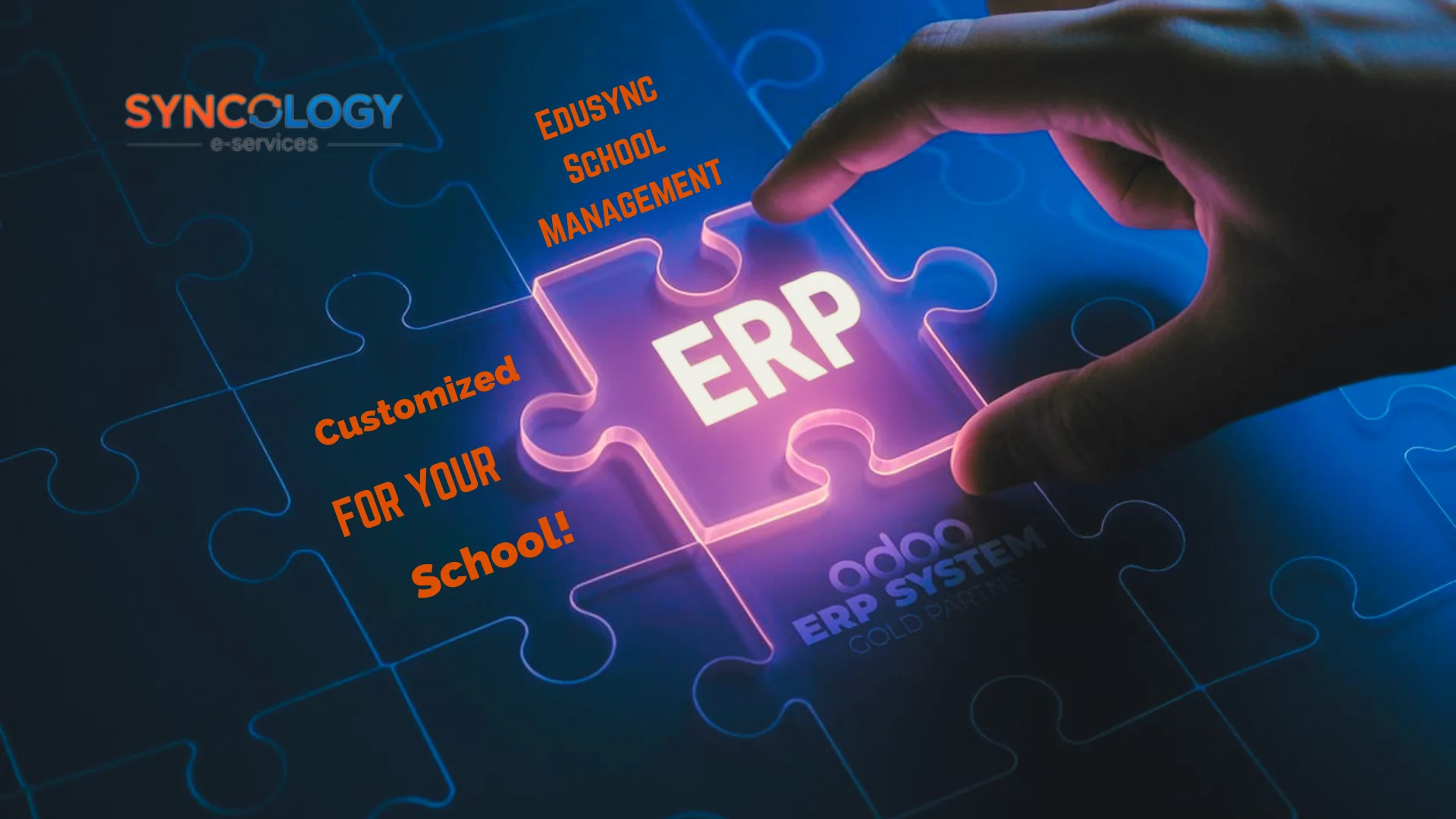
Top Operation Challenges Without a School Management System
In today’s fast-paced education environment, a School Management System is a necessity. Running a school without one is like navigating without a map. From attendance tracking to financial management, every operation depends on accuracy, speed, and connectivity. Without a unified School Management System, schools face confusion, inefficiency, and wasted time.
In this blog, we’ll explore the top operational challenges schools face without an integrated management solution and why investing in a smart School Management System is the key to a more efficient, data-driven, and successful educational institution.
Table of Contents:
1. The Complexity of Running Modern Schools Without a School Management System
2. Inefficient Data Management Without a School Management System
3. Poor Communication Between Departments Without a School Management System
4. Manual Attendance and Reporting
5. Financial Inaccuracy and Lack of Transparency
6. Limited Academic Monitoring and Performance Tracking
7. Lack of Security and Data Privacy
8. The Power of a School Management System: Unified and Automated Operations
9. Key Features to Look for in a School Management System
10. Syncology’s EduSync: The All-in-One School Management System
11. Conclusion: The Future of Smarter School Operations
1. The Complexity of Running Modern Schools Without a School Management System
Managing a modern school goes far beyond classroom instruction. Institutions today handle massive responsibilities, tracking student data, scheduling, fee collection, HR processes, inventory management, parent communication, and compliance with educational authorities.
Unfortunately, many schools still rely on manual processes or outdated systems, which means scattered spreadsheets, paper registers, and disconnected digital tools.
These fragmented methods slow down operations and make it nearly impossible to maintain consistency or transparency.
That’s where a School Management System comes in. It unifies all departments, from academics to finance, into one centralized, digital ecosystem. Instead of managing multiple apps or paper-based logs, administrators gain complete visibility over every operation through a single dashboard.
2. Inefficient Data Management Without a School Management System
One of the biggest challenges schools face without a School Management System is poor data organization. Without a centralized student information system (SIS), essential records such as attendance, grades, and performance reports become scattered and inconsistent.
Manual data entry not only consumes valuable time but also increases the risk of human error. When teachers, administrators, and accountants each manage data independently, duplication and misinformation are inevitable.
A School Management System solves this problem by automating data collection and syncing all information across departments in real time. Whether it’s a student’s attendance, academic record, or fee status, everything is accessible instantly and securely from one place.
3. Poor Communication Between Departments Without a School Management System
In schools without a digital management platform, communication breakdown is common. Teachers might track attendance in notebooks, the finance team might manage payments separately, and administrators may not have immediate visibility on either.
This lack of synchronization results in confusion, delays, and inefficiency. For instance, if a student’s payment update doesn’t reach the class teacher promptly, unnecessary misunderstandings occur.
A School Management System eliminates this chaos by creating a seamless flow of information between departments. Every module – from finance and HR to academics – operates within a unified system. Real-time notifications, announcements, and updates keep everyone informed, reducing communication gaps and building trust across teams.
4. Manual Attendance and Reporting
Taking attendance manually, updating reports, and generating summaries are among the most repetitive and error-prone tasks in schools. Without an automated student attendance management system, these daily routines consume hours of teacher time and often result in inaccuracies.
A smart School Management System automates attendance tracking, integrates biometric or RFID tools, and instantly updates the student’s profile in the student information system (SIS). Teachers can view attendance reports at a glance, while parents receive instant notifications if their child is absent.
This level of automation ensures that attendance data is accurate, secure, and instantly available, saving time and improving accountability.
5. Financial Inaccuracy and Lack of Transparency
Handling school finances manually through spreadsheets or disconnected tools often leads to errors, delayed transactions, and loss of transparency.
Fee collection, payroll processing, and budgeting become overly complicated without a unified system.
Without a School Management System, administrators struggle to reconcile data from different departments. A simple miscalculation can create budget discrepancies or miscommunication with parents.
An integrated school ERP changes that. It brings all financial operations, from tuition payments to staff salaries, under one roof. Real-time financial dashboards help administrators monitor income and expenses accurately, ensuring transparency and compliance.
With automation, fee reminders are sent automatically, payment records are updated instantly, and every transaction is traceable, eliminating financial confusion completely.
6. Limited Academic Monitoring and Performance Tracking
Academic performance monitoring becomes inconsistent when schools lack digital tools. Teachers must manually record grades, update progress reports, and communicate results to parents, all of which take time and invite human error.
With a School Management System, schools can integrate a Learning Management System (LMS) that streamlines lesson delivery, assignment submission, and performance analysis. The system provides real-time insights into each student’s progress, enabling teachers to personalize learning experiences.
Schools using LMS for education or online learning management systems can track academic progress continuously, making evaluations more transparent and data-driven.
7. Lack of Security and Data Privacy
Paper-based systems and unsecured spreadsheets put sensitive information, like student records, staff payroll, and financial data, at serious risk. Losing or exposing such data can harm a school’s reputation and breach privacy laws.
A cloud-based School Management System offers secure data encryption, access control, and automated backups. Only authorized users, such as administrators, teachers, or parents, can access relevant information.
This not only strengthens cybersecurity but also ensures compliance with data protection standards. The result? Peace of mind for school management and safer digital operations for everyone involved.
8. The Power of a School Management System: Unified and Automated Operations
Now that we’ve examined the challenges, it’s clear that the absence of a School Management System creates serious operational bottlenecks. The solution lies in digital transformation, adopting a centralized, smart, and integrated platform that unifies all school operations.
A complete education ERP system connects the dots between departments, automating repetitive tasks and providing real-time analytics. Schools can manage everything – from classroom schedules and exam management to payroll and inventory – with greater speed and accuracy.
The outcome is a more agile, transparent, and responsive educational environment where educators focus on what truly matters: teaching and student success.
9. Key Features to Look for in a School Management System
When choosing the right School Management System, schools should look for features that align with their goals and growth plans. Here are the essentials:
- Student Information System (SIS): A central hub for all student records.
- Attendance Management Software: Automates attendance and reporting.
- Finance & Accounting Modules: Streamline payments, expenses, and payroll.
- Learning Management System (LMS): Integrates online lessons and assignments.
- Parent & Student Portals: Enhance communication and engagement.
- HR & Staff Management: Simplify recruitment, attendance, and performance tracking.
- Inventory & Asset Tracking: Manage resources like books, uniforms, and lab tools.
These modules turn a School Management System into a unified digital ecosystem for smarter operations.
10. Syncology’s EduSync: The All-in-One School Management System
Syncology’s EduSync is a leading example of how an integrated School Management System revolutionizes education management. Designed specifically for schools, EduSync combines ERP, SIS, and LMS functionalities into one intelligent platform.
With EduSync, schools can:
- Automate administrative tasks and eliminate repetitive work.
- Centralize all academic and financial data.
- Enhance parent-teacher communication through interactive dashboards.
- Ensure security with cloud-based, role-controlled access.
- Gain actionable insights through analytics and reports.
Whether managing one campus or multiple branches, EduSync ensures operational excellence, scalability, and complete digital transformation.
11. Conclusion: The Future of Smarter School Operations
Operating without a School Management System is like driving with your eyes closed, possible, but full of unnecessary risks. The modern education sector demands efficiency, connectivity, and real-time insights.
By adopting a smart School Management System, schools can eliminate manual errors, simplify operations, and build a more transparent and data-driven environment.
With solutions like Syncology’s EduSync, institutions can move confidently toward the future of digital education where every process is unified, automated, and focused on what truly matters: learning.
👉 Ready to simplify your school management?






